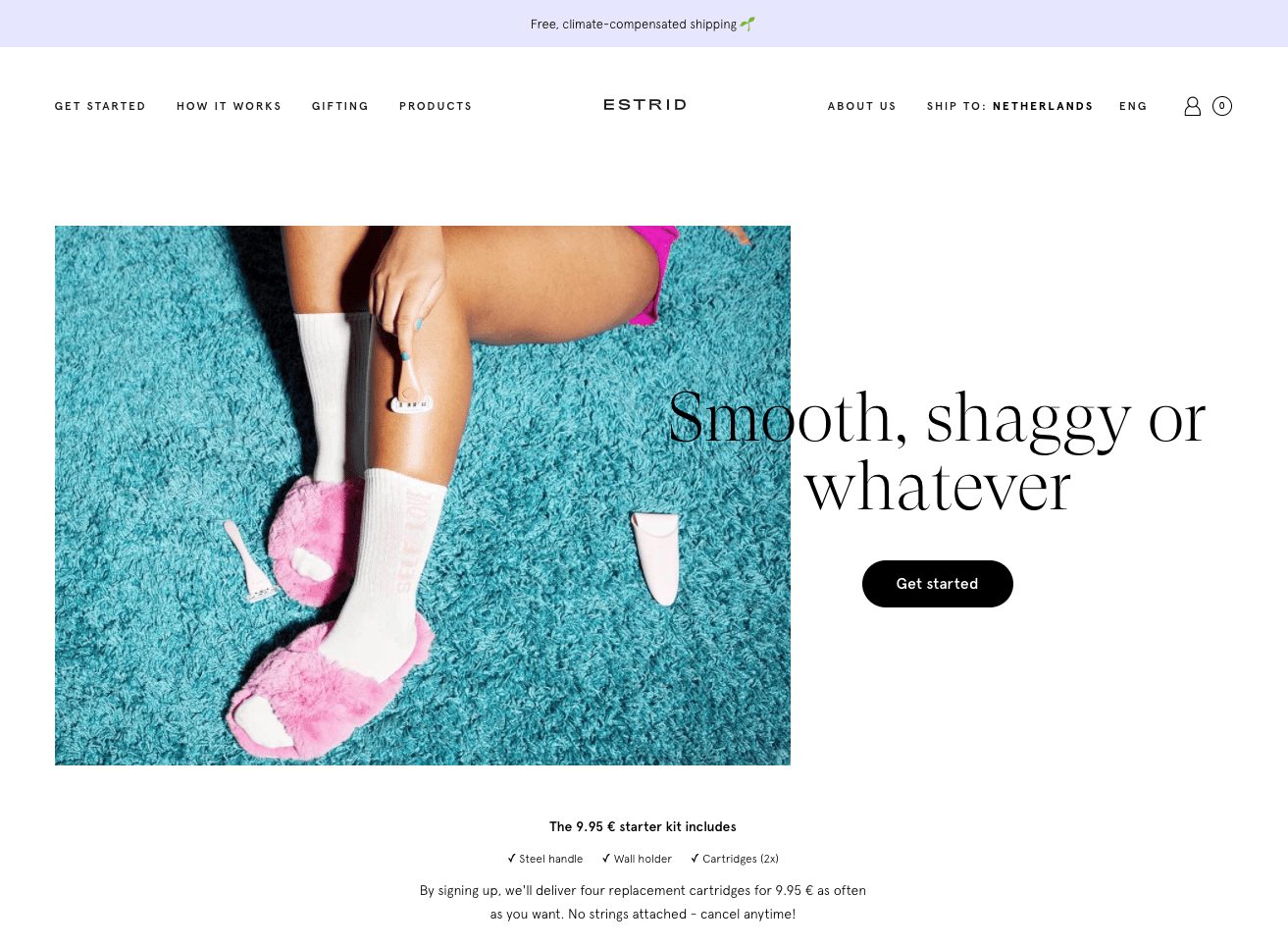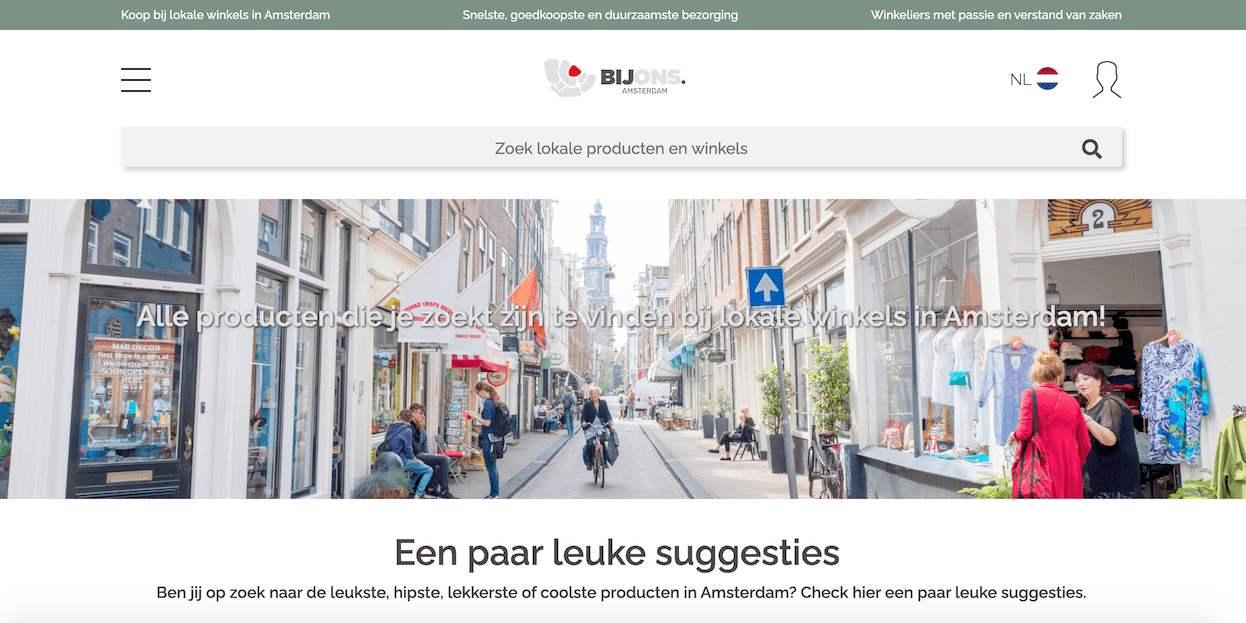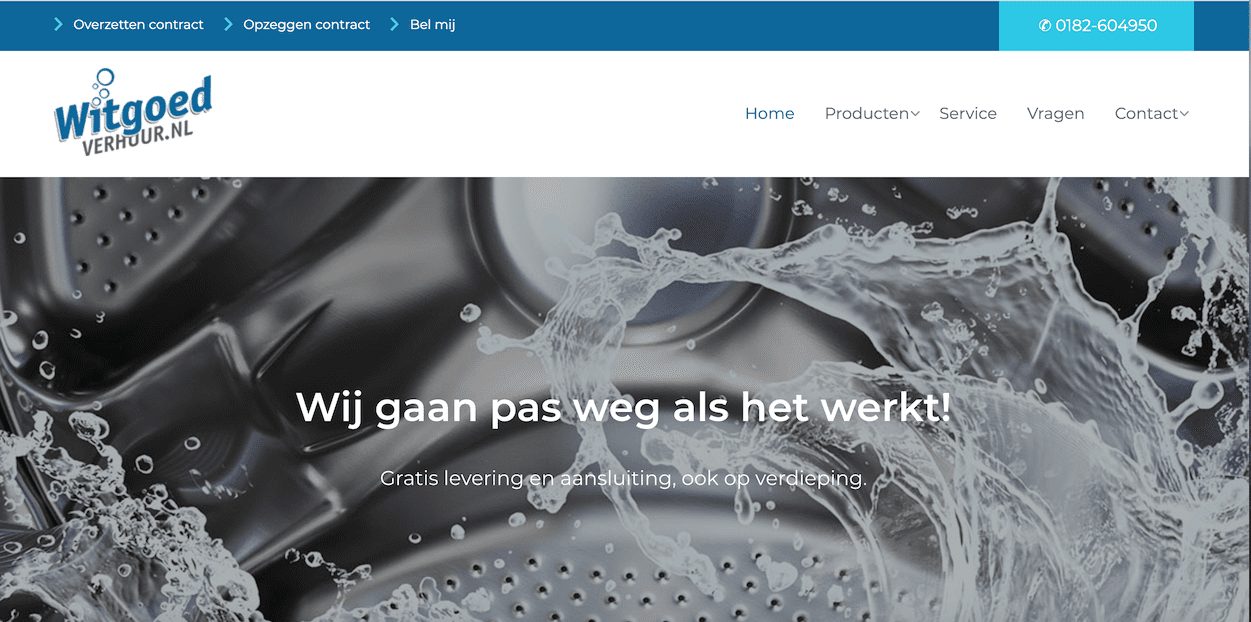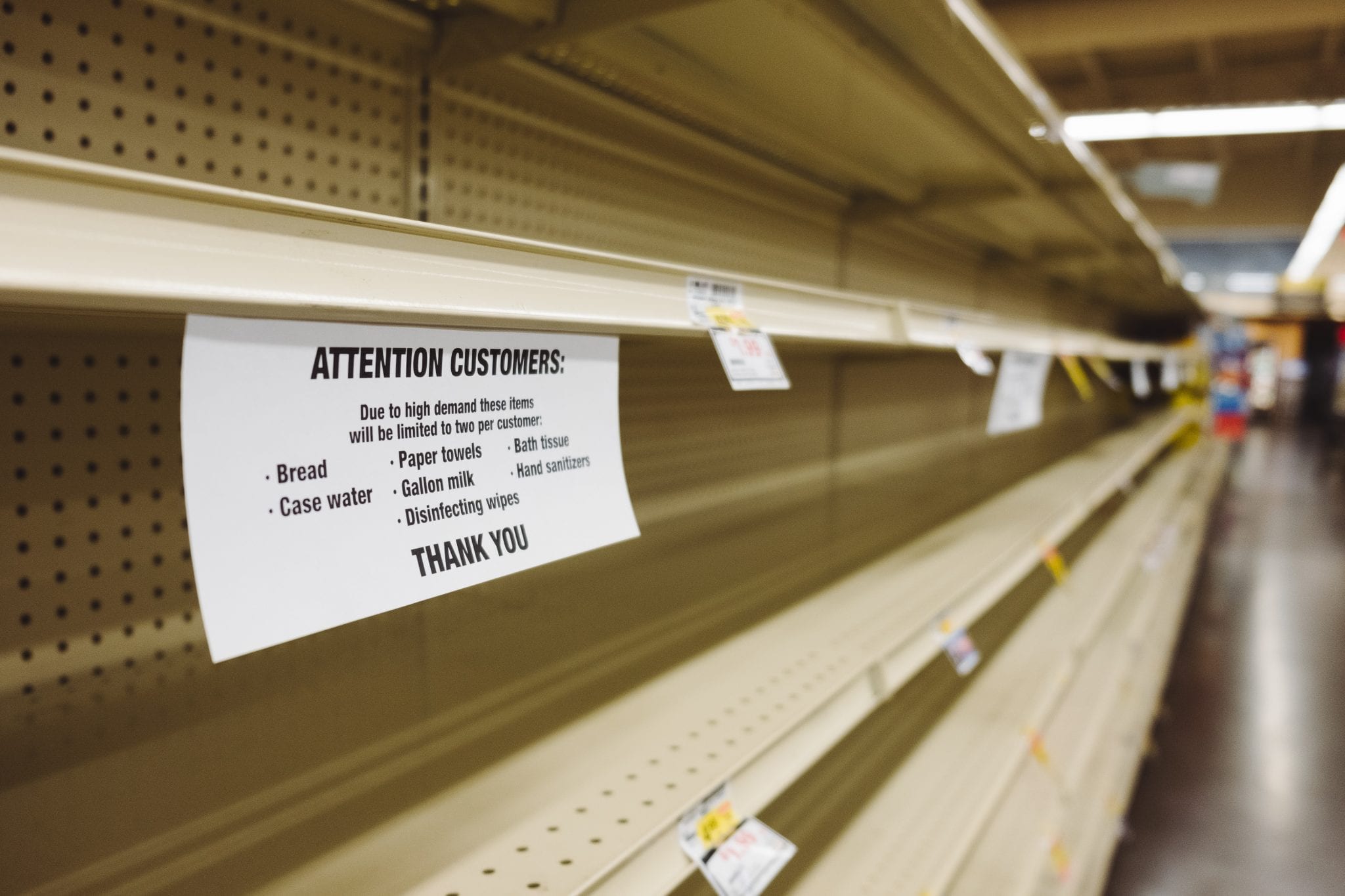Markets and consumers are constantly developing, and technological progress has never been so great. How an organisation earned its money yesterday may suddenly not be possible anymore tomorrow because of today’s developments. So, as an organisation, you have to ask yourself: How innovative is your revenue model? Does it fit in well with developments in the market and is your revenue model prepared for the future?
What is an innovative revenue model?
The term revenue model is often confused with the term business model. A revenue model addresses the question of how an organisation creates revenue. A business model describes all the facets of the organisation that influence the creation of added value, for example, the value proposition or customer relationships. The revenue model is therefore an important part of your business model.
An innovative revenue model is more than just a price tag that is linked to a product or service. The purpose of a revenue model of the future is no longer just about making money. Instead, with an innovative revenue model, the organisation translates the value proposition of its business model into money. By creating a suitable revenue model for the consumer in line with the own business model, added value is created for the consumer and thus for the organisation. For example, an organisation can create value by focusing strongly on the value consumers perceive through using products or services and what drives them to pay for the actual product or service. Also, facilitating customers through excellent service can accommodate value creation. So, what are the key steps in creating an innovative revenue model?
How to create an innovative revenue model?
Step 1) Be aware that revenue models are subject to the changing context
The world is changing extremely rapidly. In this changing world, not only will consumer needs and demand change, the traditional revenue model of charging an hourly rate is under pressure. For example, digitalisation puts many companies under pressure due to higher efficiency (fewer hours to charge), price transparency (potentially lower prices to charge due to easy online comparison) and higher investment costs by implementing digitalisation. The changes in context, trends and developments have a direct impact not only on an organisation’s business model but also on its revenue model. This ensures that the revenue model is subject to change.
Step 2) Be attentive to the changing context
Make use of the opportunities offered by rapidly changing developments and needs. Dare to invest in a flexible organisation, allowing the organisation to implement changes quickly. In a flexible organisation, internal barriers are removed as much as possible. Such as decentralising powers, organising and facilitating horizontal connections, flexible but intensive cooperation and the use of personal responsibility. Make smart use of the information and data provided to the organisation and be creative. This will make it easier for an organisation to continuously innovate the revenue model in line with the needs and demands of the market to create added value and an improved competitive position in the market.
Step 3) Be a part of the changing context
How does the organisation fit into the customer’s world? How can it deliver the most added value for the customer? Dive deep into the world of customer needs, how to enthuse them and create added value that consumers are well aware of. The more a consumer is aware of the value of a product or service, the more gainful the revenue model can be. To be the changing context for consumers, it is important to be ahead of the customer. The organisation wants or need to know what the customer wants before they know what they want.
Inspiration cases
To help the organisation in creating innovative revenue models, the following cases can serve as inspirational cases. Therefore, four cases are discussed below in which the trend and the adjusted revenue model will be explained for each case. For more depth on the following or additional trends of today, see our Outlook2021.
Case 1: Sustainable initiative
Sustainability has become an increasingly important issue in recent years. People are becoming increasingly aware of the value of the environment and the damage people do to it. There are more and more sustainable developments, but also increasing demand. Consumer awareness also calls for sustainable business practices on the part of organisations. An organisation that sustainably conducts business is more likely to be more popular among consumers than organisations that do not. However, sustainable initiatives are often seen as a cost or an expense. However, this does not necessarily have to be the case and can also become a unique selling point for a revenue model.
Example: The organisation Estrid. Estrid sells sustainable razor blades. The razors are fully vegan and are sent climate-compensated free of charge. On top of that, a share of the earnings is donated to a charity. In addition to the one-time affordable purchase of the holder (and razor blades), there is a one, two- or three-monthly subscription where new razor blades will be sent to your home free of charge.
Hereby the revenue model is the combination of the bait model and subscription model. Where the consumer is attracted by a first product (the bait). The consumer experiences added value through the purchase of a sustainable product at a very attractive price. The revenue for the organisation is in the additional purchases that have to be replaced to continue using the product (subscription).

Case 2: Locally stimulated
Partly as a result of the COVID-19 crisis, we experienced the impact of internationally scattered value chains. This underlines the importance of local production. As a result, people are focusing more and more on local and stimulating small local entrepreneurship, especially in times of crisis.
Example: BIJONS.Amsterdam. BIJONS is an online platform where local entrepreneurs, from Amsterdam, can register to offer their products to consumers on the platform of BIJONS. BIJONS believes that the craftsmanship, enthusiasm and passion of involved retailers add something you will never experience in impersonal webshops.
Hereby the revenue model is the brokerage model, in which an organisation offers small entrepreneurs the opportunity to sell their products via, for example, a platform. Where it is not only about selling products but also about sharing knowledge, expertise and passion. The real experience of physical shopping and advice in local boutiques, but online. In this way, they provide added value for the end consumer who likes to stimulate the local entrepreneurs, the local entrepreneurs by giving them more reach and sales channels, and the organisation itself which possibly earns a small percentage of the turnover.

Case 3: Not property but loan
Consumers are increasingly demanding rent products rather than buying. There are several reasons for this, such as the the increasing desire for more luxurious products, the convenience and carefree operation of an ever-working product and the durability and circularity of products.
Example: Witgoedverhuur. Witgoedverhuur is a company that rents out consumables such as washing machines and dryers for a monthly fee with a minimum purchase of one year.
Hereby the revenue model is the subscription or lease model, where the organisation does not sell the product but sells the right to use the product for a certain period. In this way, the consumer always has a working product and not the worry or responsibility and the organisation itself can ask for more (spread over several periods) than the selling price of the product. product.

Case 4: Everyone is unique
Consumers have an increasing need not only for personalised communication but also for personalised products. This allows them to customise and select products based on their own needs. This has a positive influence on their experience and their appreciation of the quality of the product. Personalisation not only stimulates impulse and repeat purchases, but consumers are also willing to pay more and wait longer for their product.
Example: The car company Tesla. Where the purchase price of a car with a starting price is indicated. The car can be adjusted to your taste and style. Where for each adjustment outside the standard options you have additional costs.
Hereby the revenue model is the add-on model, which is demand-oriented production and pricing. Demand-oriented production simply means that organisations only produce a product when it is demanded by the consumer. The consumer can make the adjustments he or she wants to make to the product, making it a unique and personal product. For the organisation itself, there is added value in no unsold stock, no large stock storage costs, the efficient handling of raw materials and on top of that, the conversion and price benefits from the relationship with the customer.

Conclusion
To make and keep revenue model innovative, the organisation will need to be constantly up to date with developments in and demand from the market. It is important to respond to this by providing a flexible, creative and customer-focused environment and to extend this in your revenue model.
Are you curious about how trends and developments in the continuously changing context impact on the relevance of your organisation and revenue model or how you can optimise them through innovation? Do not hesitate to contact us!
Sources
Back to the core in the new context, TNXTO
Waarom achterhaald is de klant centraal te stellen, MT
Nieuwe verdienmodellen die zeker gaan slagen in de toekomst, Trending
Businessmodel, Verdienmode, Managementsite
Gepersonaliseerde winkelervaring, RTMBusiness



